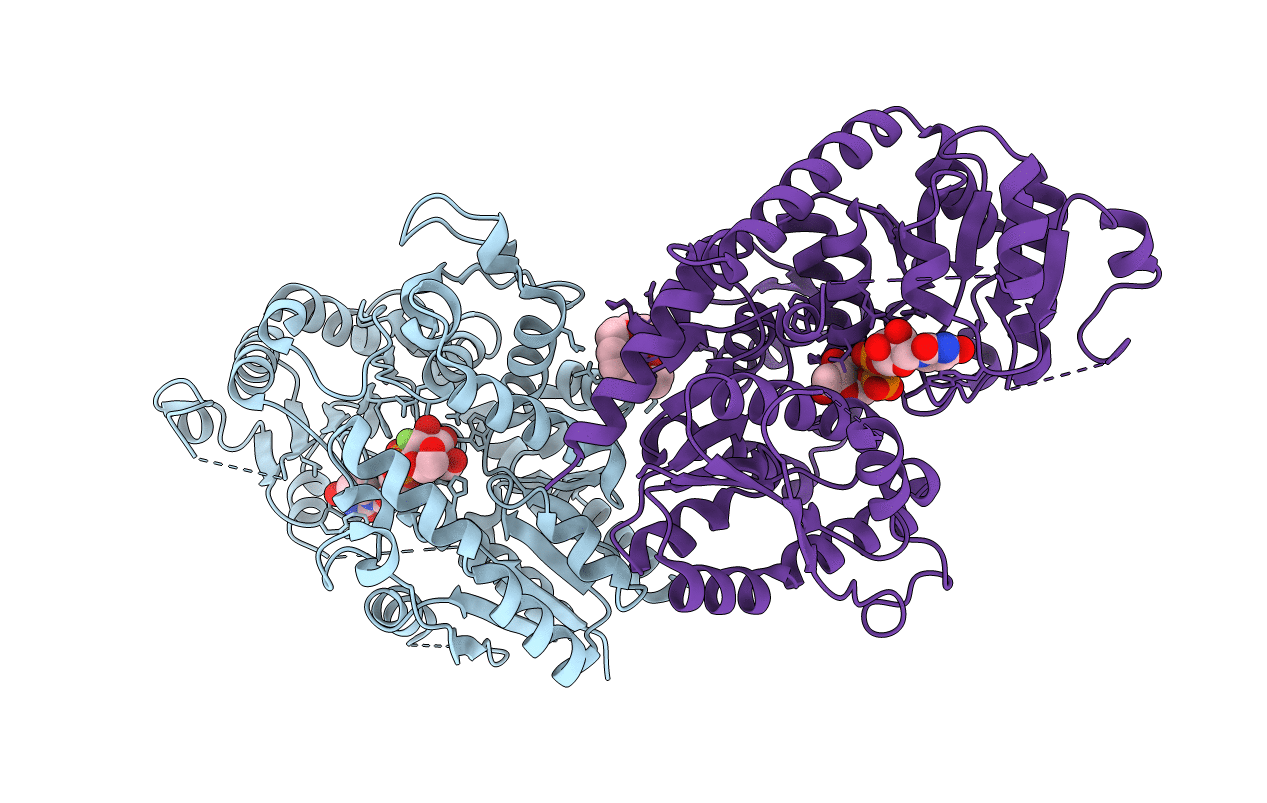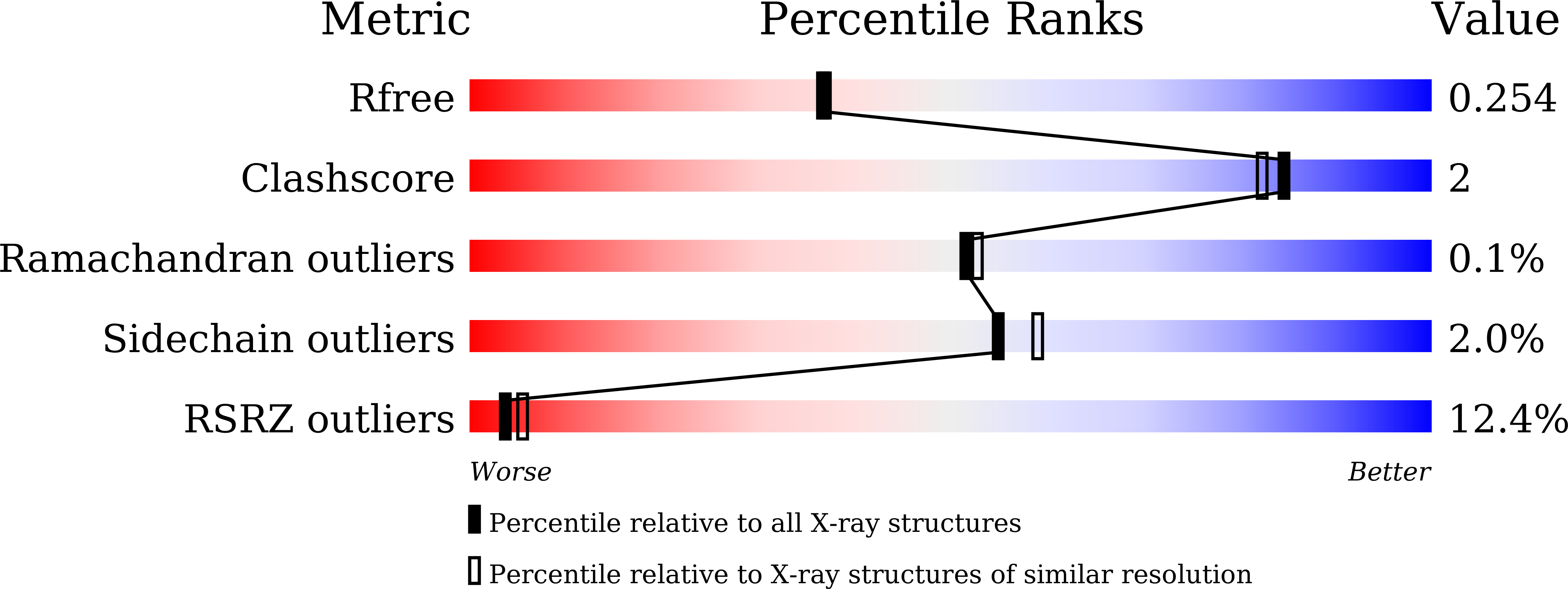
Deposition Date
2021-09-09
Release Date
2022-03-02
Last Version Date
2023-11-29
Entry Detail
PDB ID:
7VEL
Keywords:
Title:
Crystal structure of Phytolacca americana UGT3 with UDP-2fluoroglucose
Biological Source:
Source Organism:
Phytolacca americana (Taxon ID: 3527)
Host Organism:
Method Details:
Experimental Method:
Resolution:
2.15 Å
R-Value Free:
0.25
R-Value Work:
0.21
R-Value Observed:
0.21
Space Group:
P 21 21 21


